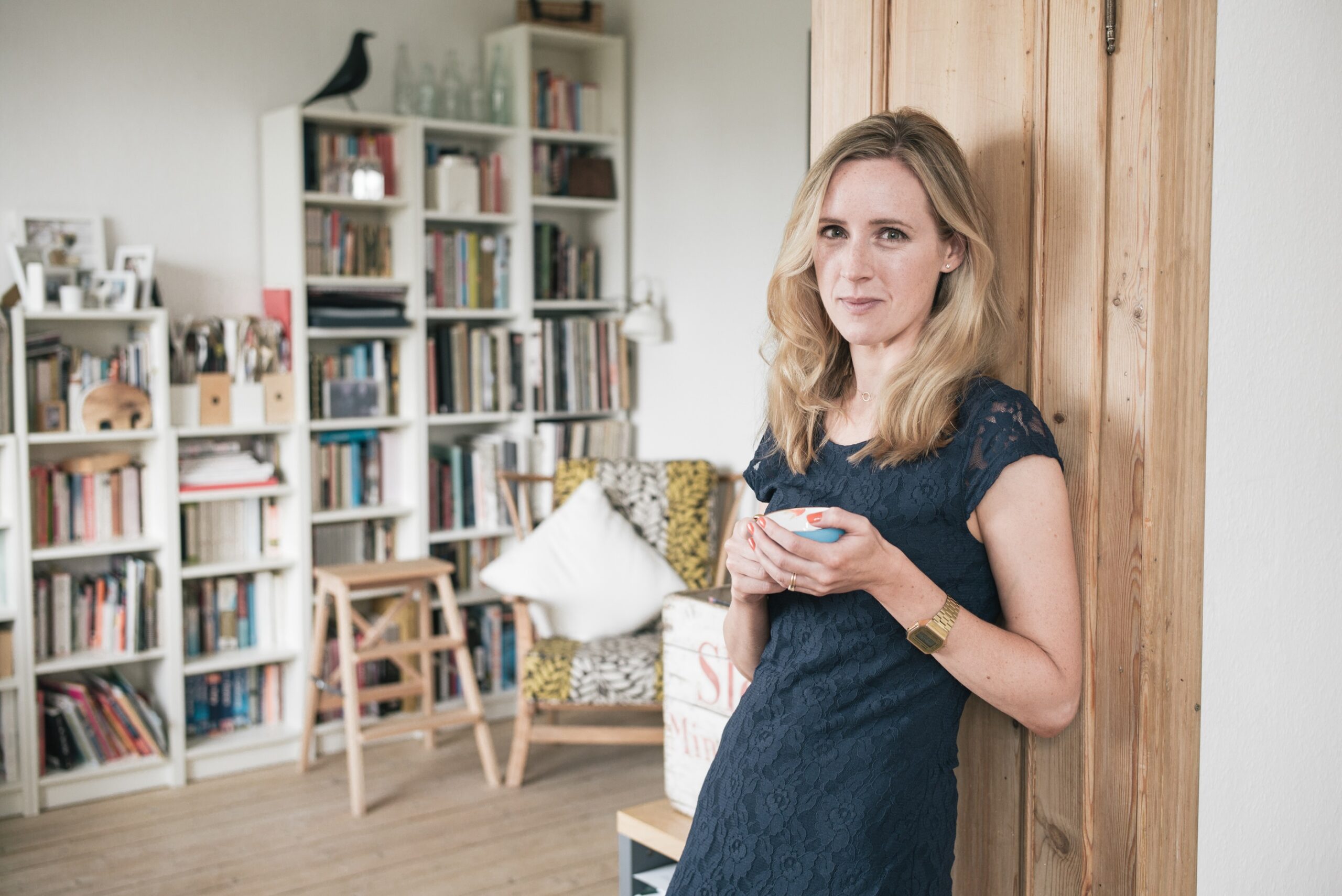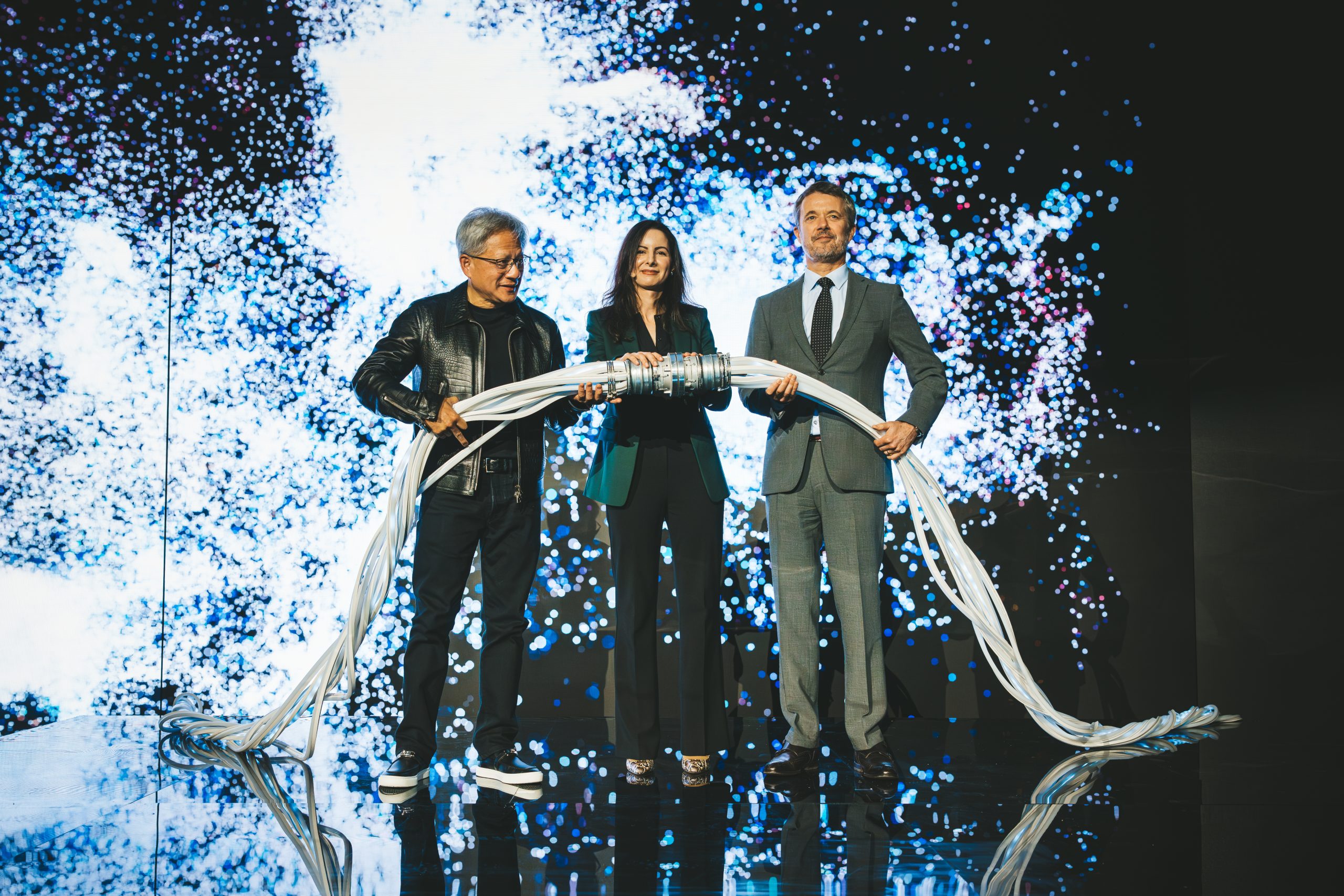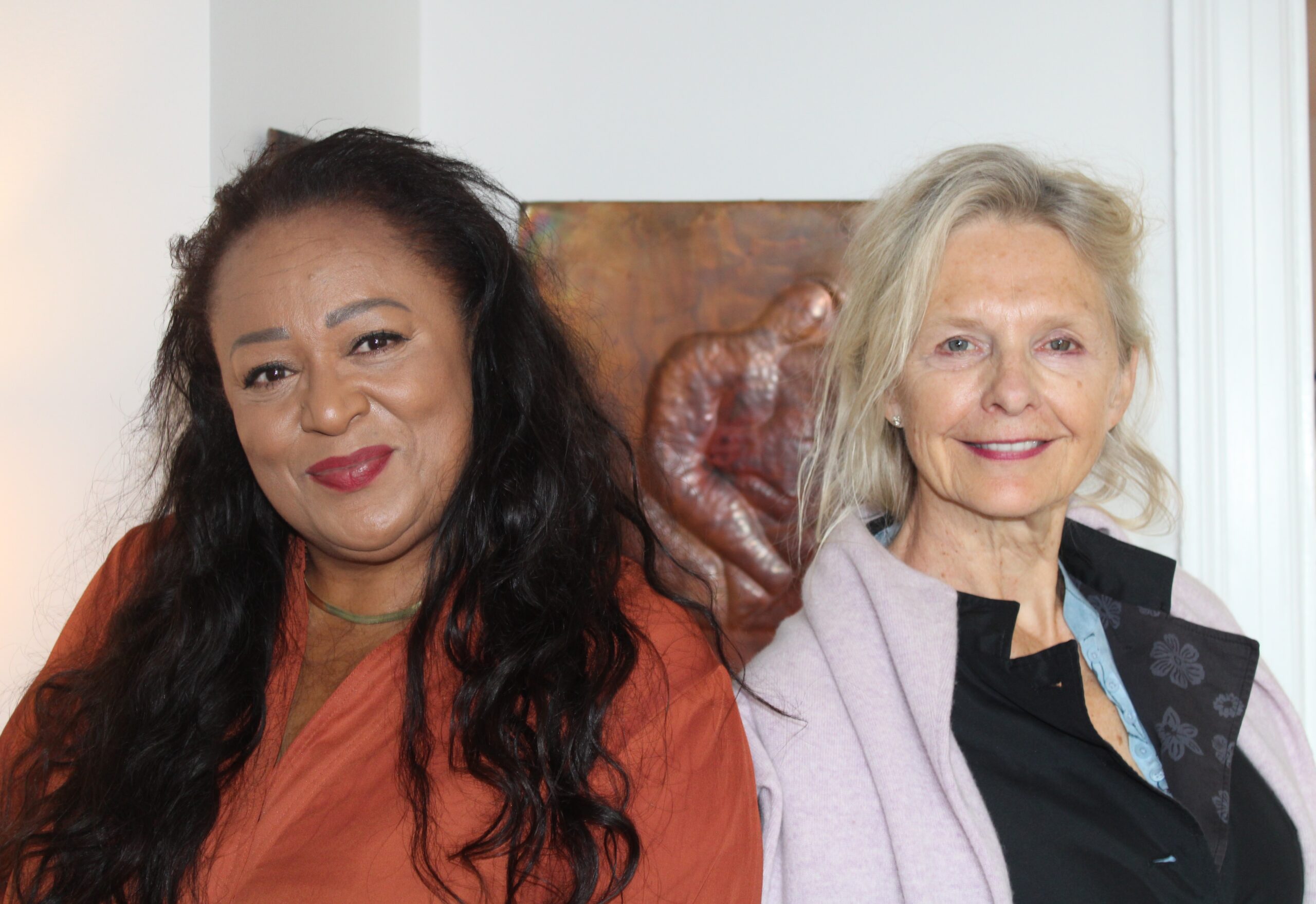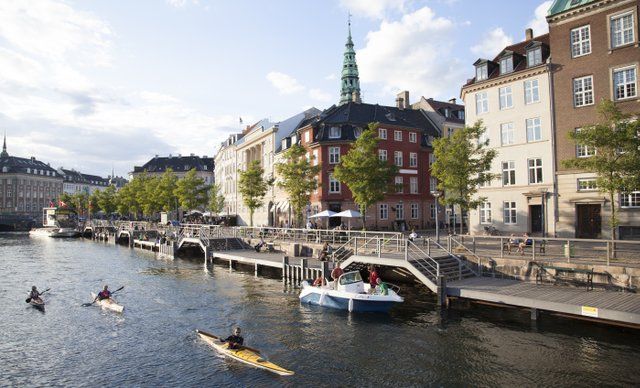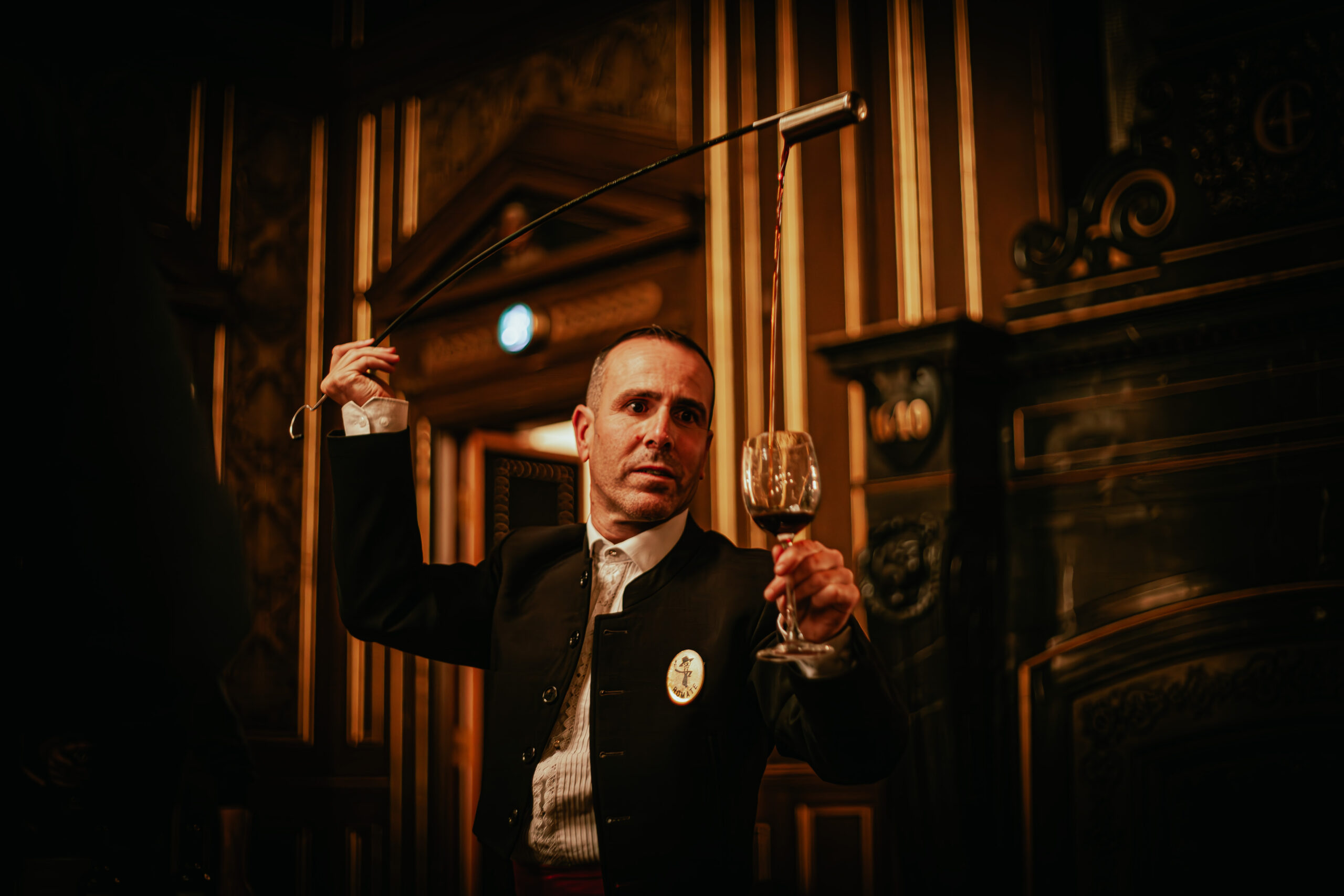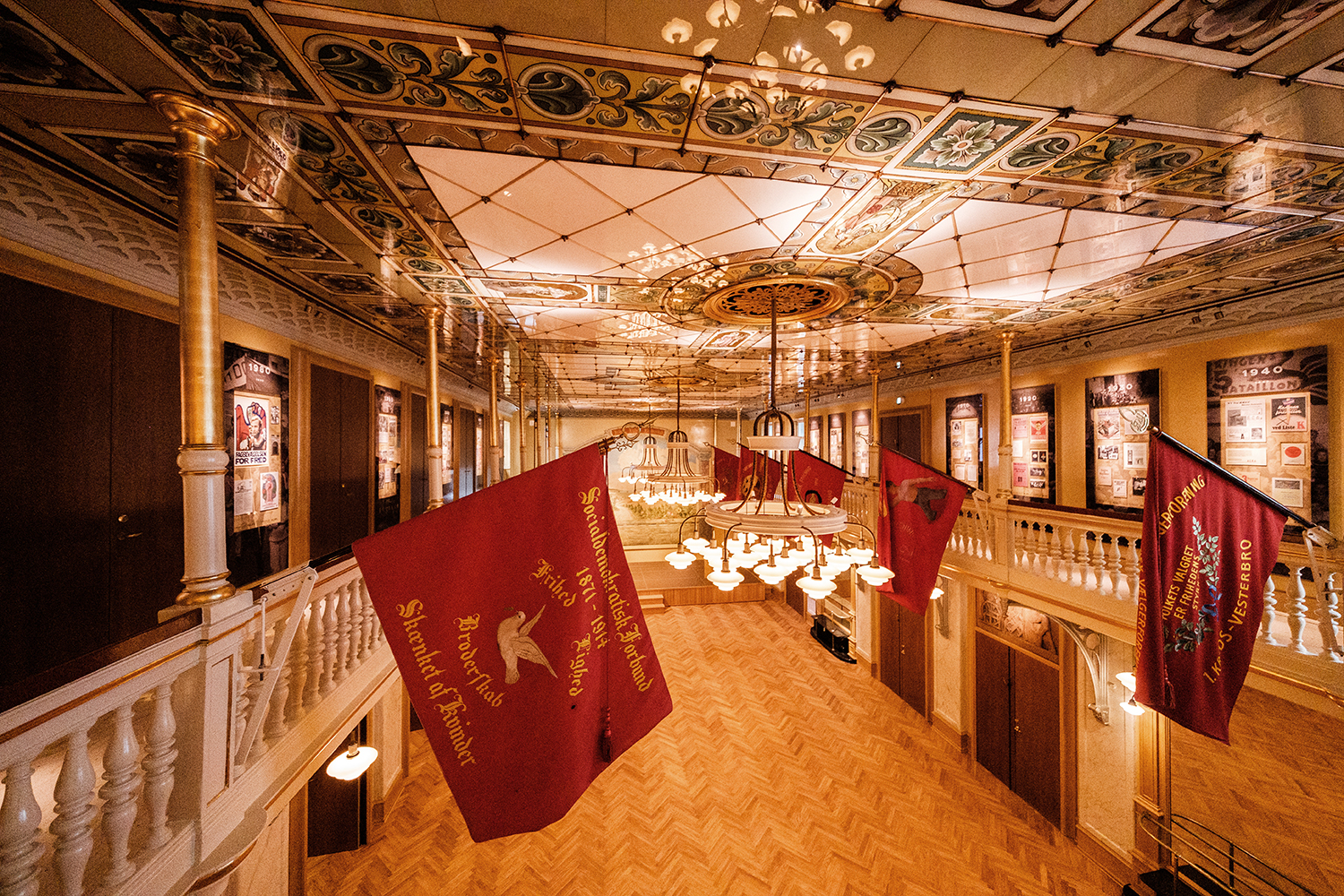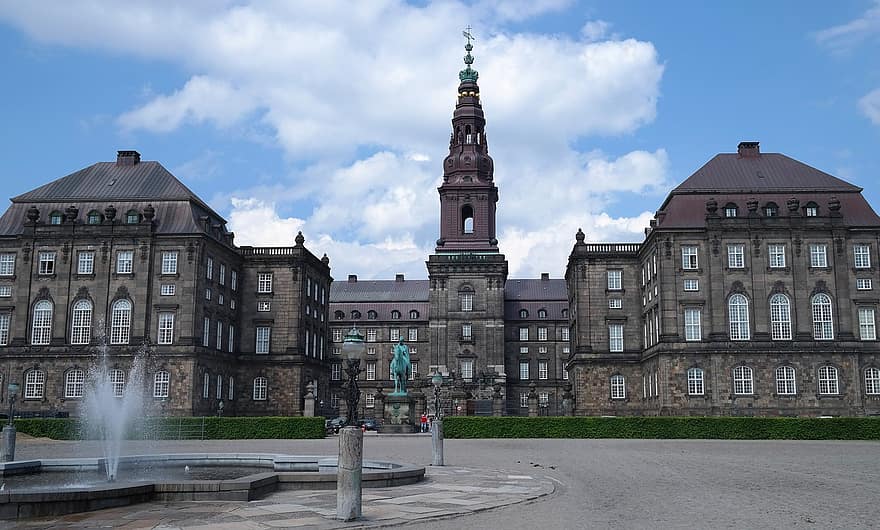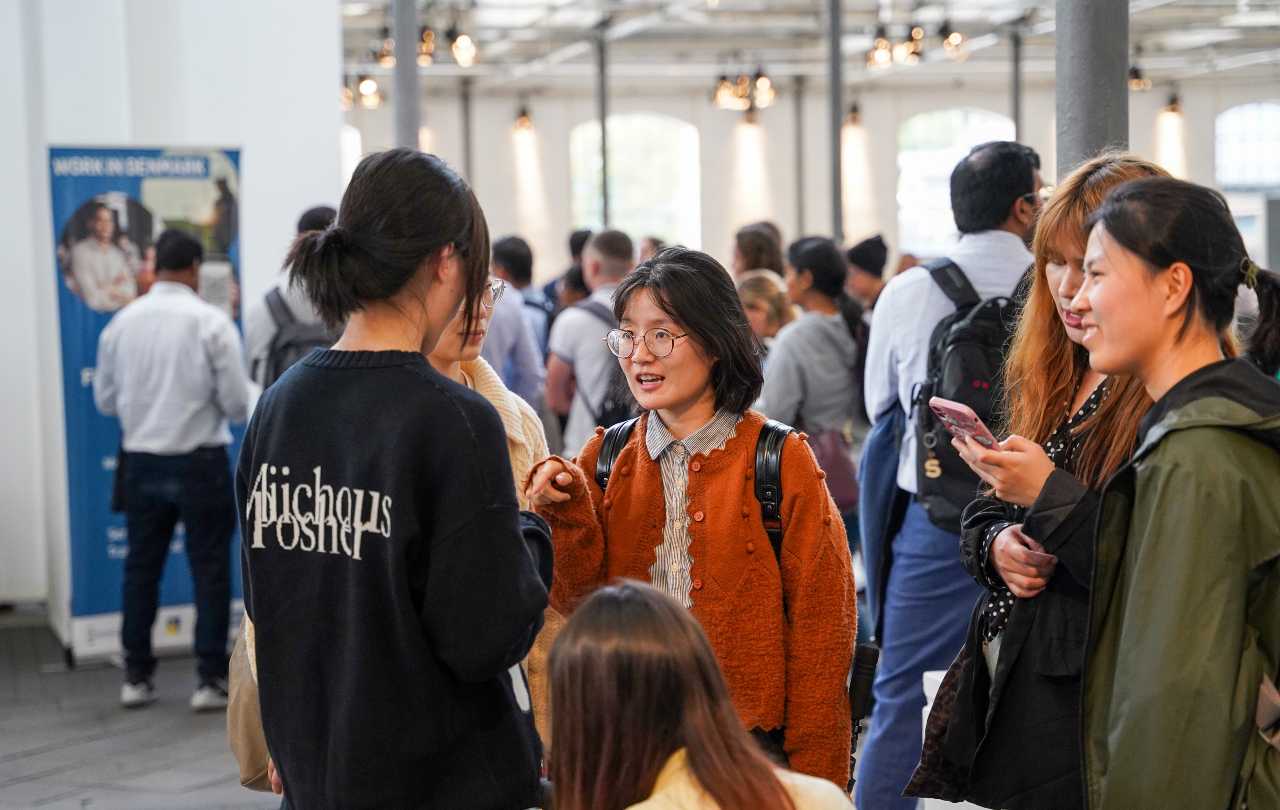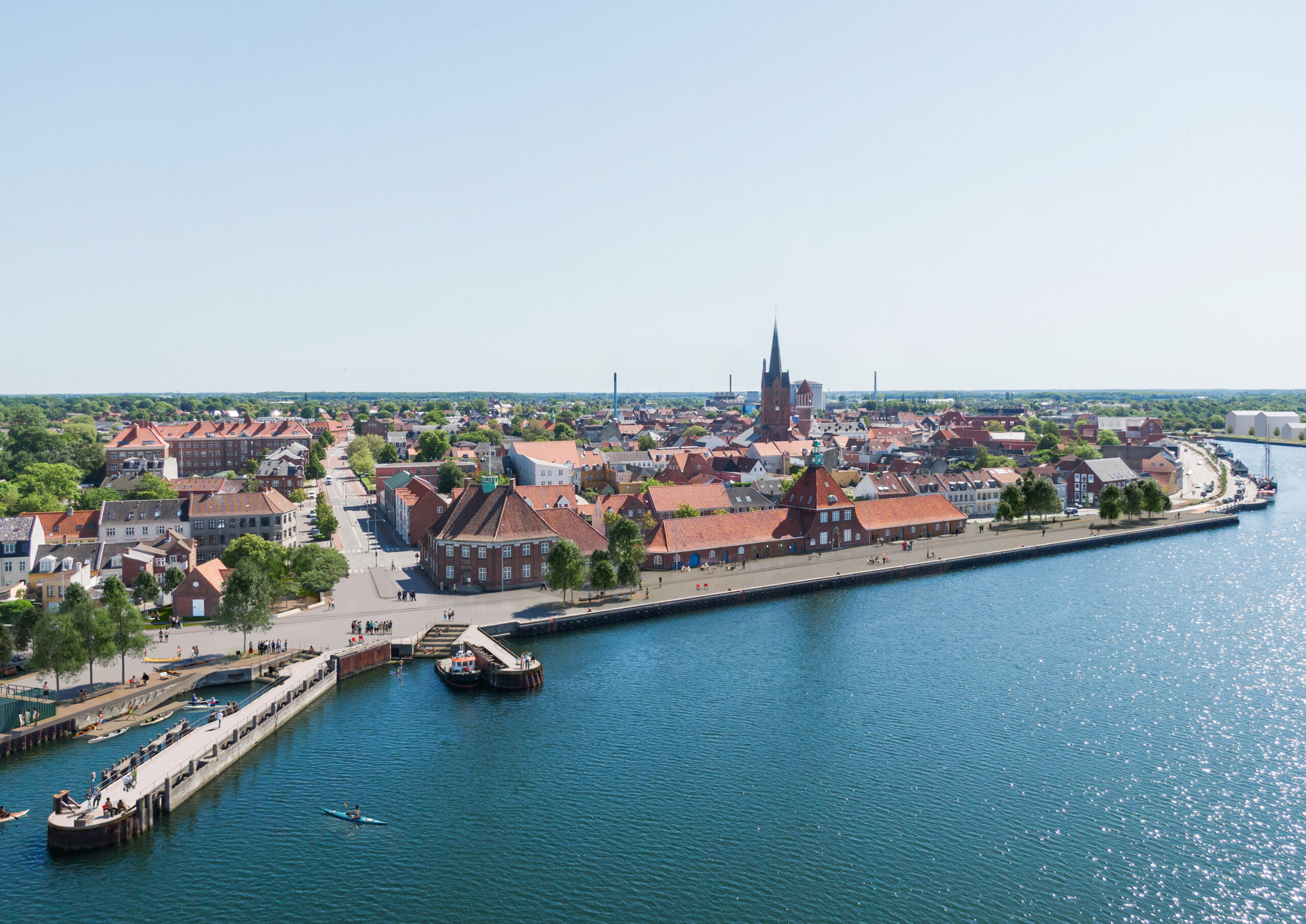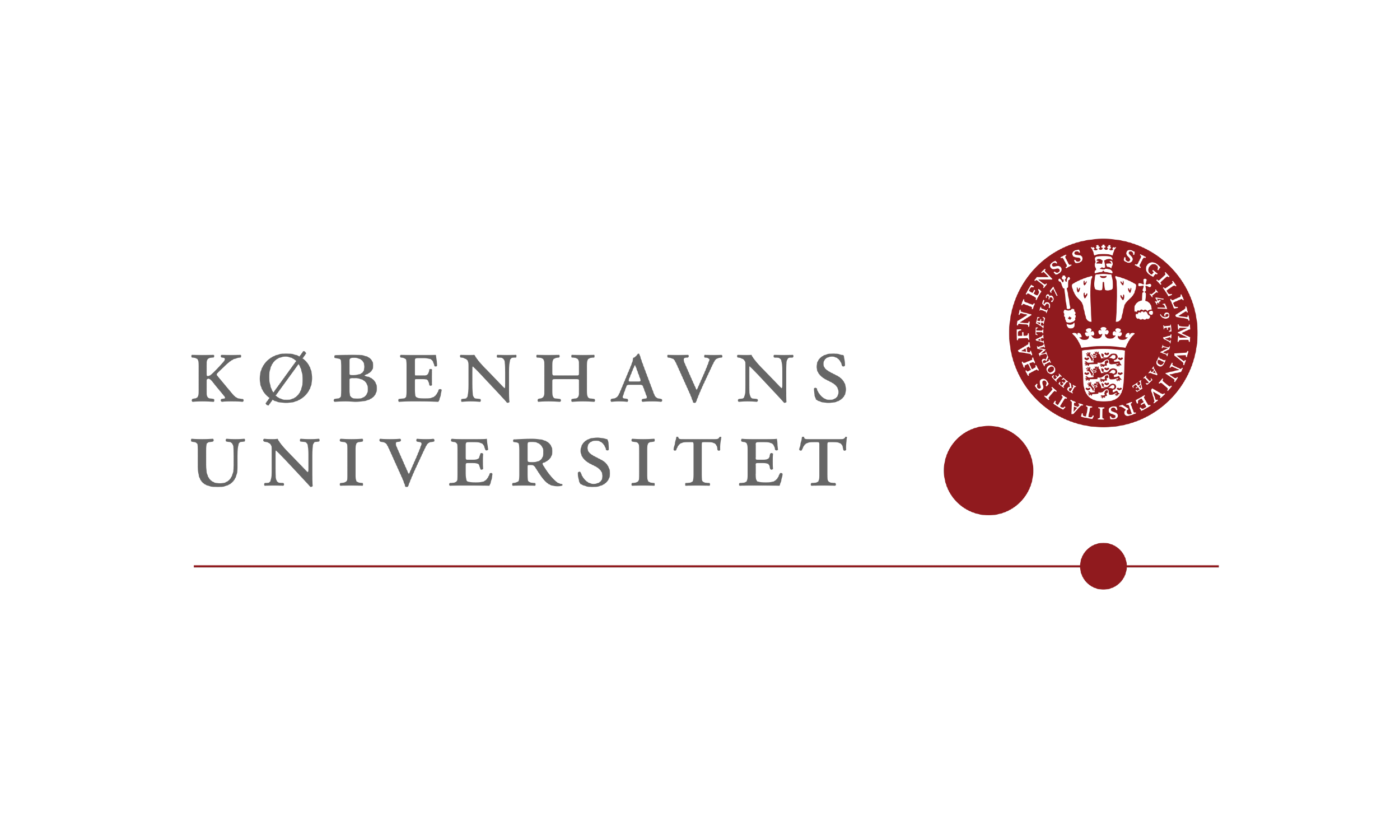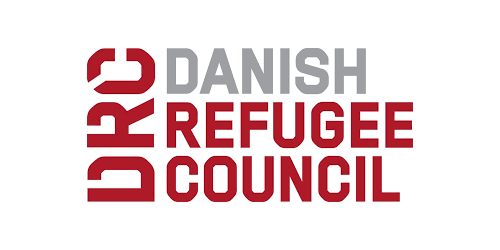
The trees and flowers are blooming and the Marguerite routes in Denmark are quickly filling with bicyclists and hikers – it’s time to head outdoors. But if you think this means not going to the museum for another six months, you could not be more wrong.
A farmer’s solitude in the metropolis – A mere stone’s throw from Copenhagen you can happen upon a solitary farm, which seemingly has come to a standstill in both time and space. Frilandsmuseet (Kongevejen 11, 2800 Lyngby) is the largest open air museum in Denmark. It has more than 50 farmsteads, houses, mills and workshops open to guests. The houses include examples from all over Denmark and cover the period between 1650 and 1950, representing a time when being a farmer was a more natural course of life than being a urban dweller. The area also has historical gardens, woodlands, moorlands, ponds and fields where you can meet the farm animals. It is also perfect for romantic or poetic strolls, perhaps gaining an insight into the life, work and dreams of the farmer.
 A Poet’s Walk – If you get on your bicycle and cycle north of Copenhagen along Strandvejen, you will pass Rungsted somewhere along the road. Stop and take in the atmosphere. It was in a house here that the Danish author, Karen Blixen, was born, grew up and spent the last years of her long and adventurous life. The Karen Blixen Museum (Rungsted Strandvej 111, 2960 Rungsted Kyst, www.blixen.dk) has a fantastic and huge garden, which was arranged by Karen Blixen herself, as she loved taking strolls in the garden when she had things to ponder. Enjoy a quiet picnic, think of great novel ideas and let yourself be infused by the place’s magical spirit – the spirit of Karen Blixen.
A Poet’s Walk – If you get on your bicycle and cycle north of Copenhagen along Strandvejen, you will pass Rungsted somewhere along the road. Stop and take in the atmosphere. It was in a house here that the Danish author, Karen Blixen, was born, grew up and spent the last years of her long and adventurous life. The Karen Blixen Museum (Rungsted Strandvej 111, 2960 Rungsted Kyst, www.blixen.dk) has a fantastic and huge garden, which was arranged by Karen Blixen herself, as she loved taking strolls in the garden when she had things to ponder. Enjoy a quiet picnic, think of great novel ideas and let yourself be infused by the place’s magical spirit – the spirit of Karen Blixen.
Kings, queens and heirs to the throne – Should you be in the mood for an outlandish experience, you might find The Museum of National History at Frederiksborg Castle (www.frederiksborgslot.dk) in Hillerød interesting, not only because of its breathtaking scenery and imposing architecture, but also because of its 500-year history. By taking a stroll in the beautifully arranged baroque garden you can imagine the queens who walked here with their chaperones, heirs to the throne playing, or kings discussing matters of great political and cultural importance.

Explore the remnants of the monastery – The humble and god-fearing monks of the Augustine Order whose imprint on Danish history can be visited and experienced at the nearby Æbelholt Klostermuseum (Æbelholt 4, 3400 Hillerød; www.folkemuseet.dk). Explore the remnants of the monastery, which once upon a time was a house of god. Rouse your archaeological interests and use your imagination as there are but a few pillars – sporadic piles of rubbles left together with well-preserved monk skeletons behind glass walls. The place was discovered in the 1930s and in between the 1930s and 50s, more than 1,000 skeletons were uncovered in the ruins. If plants and their medicinal usage are of interest, you might enjoy the fact that the convent garden holds more 100 different medicinal plants, which were used for every purpose, from vomitive to sedative. Every June you can experience monastery fairs with gastronomically exciting food and drinks from the Middle Ages.
 Life as a stone-age hunter or as a forest worker – If you have children or like to be in sync with nature you might feel at home at The Danish Museum of Hunting and Forestry (Folehavevej 15, 2970 Hørsholm; www.jagtskov.dk). The museum is situated in the middle of a forest and here you can soak in the history of the 15,000-year-old relationship between man and the forest. Two centuries ago the Danish forest covered a mere two percent of the land, as the Danes were busy building war ships for Napoleon in the Napoleonic Wars. Almost all of the ships were either destroyed or confiscated by the Englishmen when Napoleon lost the war. You will learn more about nature, while your children are invited to try out life as a stone-age hunter or as a forest worker by way of archery exercises, building fires and climbing the trees, among others.
Life as a stone-age hunter or as a forest worker – If you have children or like to be in sync with nature you might feel at home at The Danish Museum of Hunting and Forestry (Folehavevej 15, 2970 Hørsholm; www.jagtskov.dk). The museum is situated in the middle of a forest and here you can soak in the history of the 15,000-year-old relationship between man and the forest. Two centuries ago the Danish forest covered a mere two percent of the land, as the Danes were busy building war ships for Napoleon in the Napoleonic Wars. Almost all of the ships were either destroyed or confiscated by the Englishmen when Napoleon lost the war. You will learn more about nature, while your children are invited to try out life as a stone-age hunter or as a forest worker by way of archery exercises, building fires and climbing the trees, among others.
Find out more at http://www.cphmuseums.com/.

